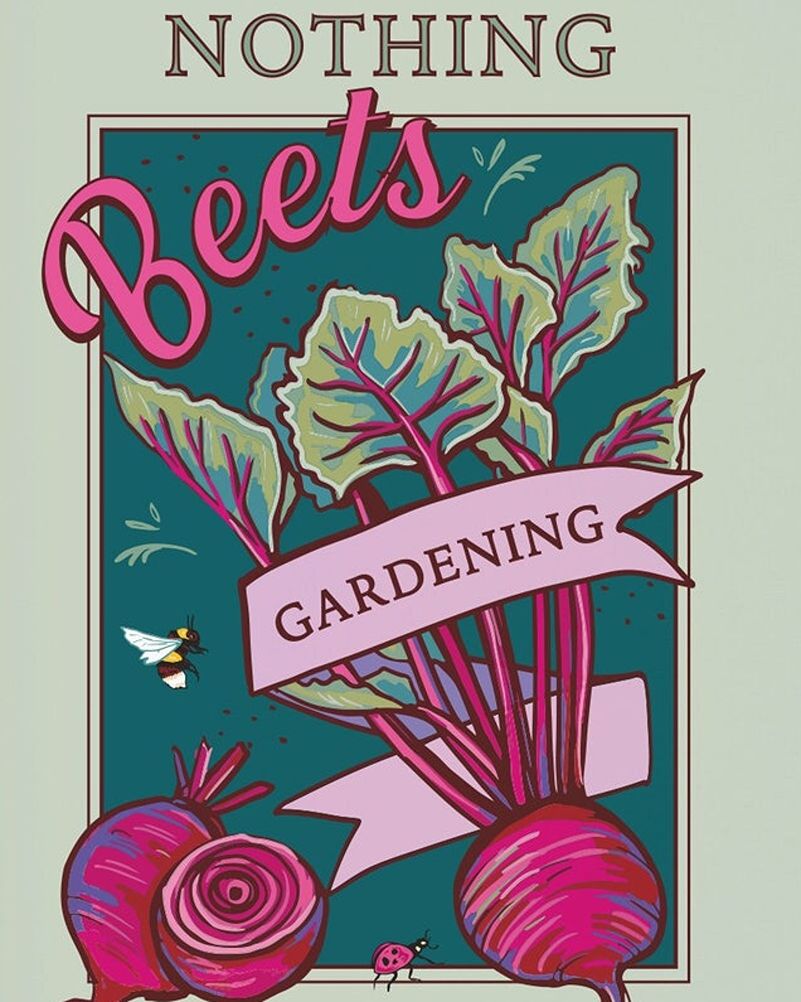How to Grow Your Own Organic Beetroot

If you have never tried a beetroot straight from the earth, you are in for a treat. Homegrown, organic beetroots burst with natural sweetness (along with carrots, one of nature’s sweetest veggies) and vivid colour. Packed with vitamins and minerals, this humble root vegetable delivers a powerful boost to your heart and immune system.
Read our posts on no-dig gardening (to avoid harming earthworms and stag beetles). And learn about pet-friendly gardens and wildlife-friendly-gardens. If growing or displaying plants indoors, never face them to outdoor gardens, to help stop birds flying into windows.
A few people can’t eat beetroot, you’ll likely know already (check medication inserts). Usually this is people with risk of kidney stones and low blood pressure, and should be limited for people with digestive issues, due to high oxalates.
Some greengrocers sell fresh warm cooked beetroots, and these are far nicer than those plastic-wrapped pickled beetroots you find in shops. If you grow your own, of course you’ll have to cook them yourself.
It’s Easy to Grow Your Own Beetroot
Choose good organic beetroot seeds, and plant in good soil. Beetroot like at least six hours of sun each day, so try to choose a sunny spot, with good drainage (avoid waterlogged ground). Use a soil test kit from a garden centre to check PH and nutrient levels, before sowing.
- You can buy bolt-resistant beetroot. This does not mean it’s to stop it running off! It simply means it can cope with the unpredictable British weather!
- Sow your seeds direct into prepared soil from April to July, or in late summer for an autumn harvest. In mild climates, you can sow in late August for a spring crop. Each seed creates a cluster, so you’ll get several shoots from each one.
- Keep the soil moist, but not soggy. Water regularly in dry weather and use seaweed extract every few weeks, especially for light sandy soil.
- You can protect young crops from birds and leaf miners using fruit protection bags, especially in the first few weeks. Never use netting, it traps birds and wildlife.
Harvest and Use Your Beetroot
Once the roots are 2cm to 5cm wide with wide glossy leaves, it’s time to harvest. Water the area to loosen the soil, then gently pull the beetroot up by the base of the stems. Remove the leaves, leaving 2cm of stem (and don’t peel before cooking), to prevent bleeding when cooking. Otherwise someone may come home, and think you’ve murdered someone!
Storage tips:
- Brush off soil but do not wash until ready to eat.
- Store in a cool, dark place (around 5-10°C), either in sand or wrapped in damp cloth.
- Beetroot keeps up to a month if kept damp and cool. Do not store near apples or potatoes, as they release gases that speed up spoilage.
Ways to use your beetroot:

Before cooking, read our post on food safety for people and pets. Just bin allium scraps (onion, garlic, shallot, leeks, chives) as like tomato, citrus and rhubarb, acids could harm compost creatures.
Note that beetroot has a tendency to turn your pee pink! So unless there are medical concerns, don’t worry too much. It will go back to normal soon enough!
- Bake this delicious vegan beetroot chocolate cake! (Rainbow Nourishments)
- Roast whole beetroots with olive oil and sea salt.
- Slice raw into thin rounds for vibrant salads.
- Pickle in vinegar and spices for a classic British treat.
- Juice with carrots or apples for a bright, healthy drink.
Simple beetroot soup:
Dice two beetroots and simmer with onion, carrot, and stock for 30 minutes. Blend, season well, and serve with plant-based yoghurt and dill.
Easy salad:
Grate raw beetroot, toss with lemon juice, olive oil, vegan goat cheese, and walnuts.





